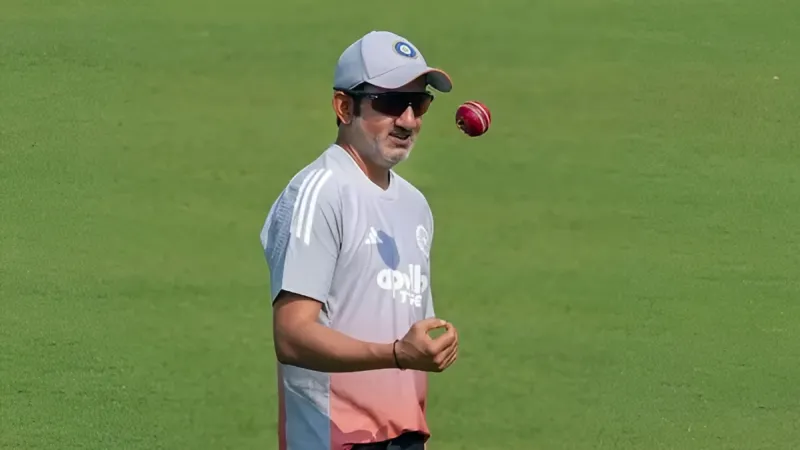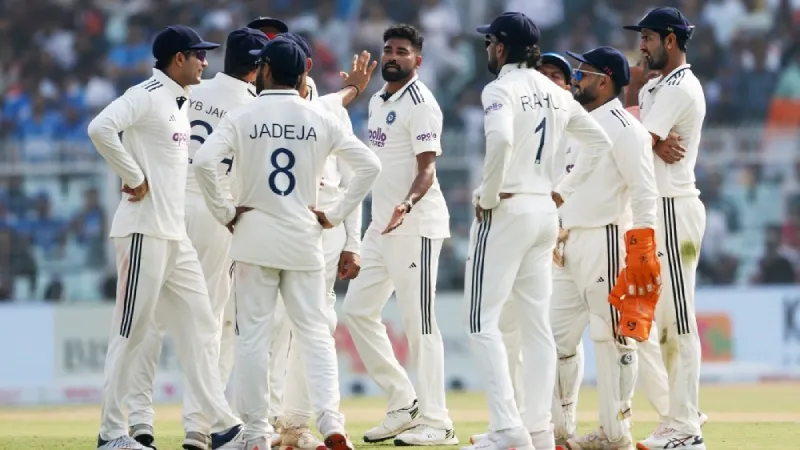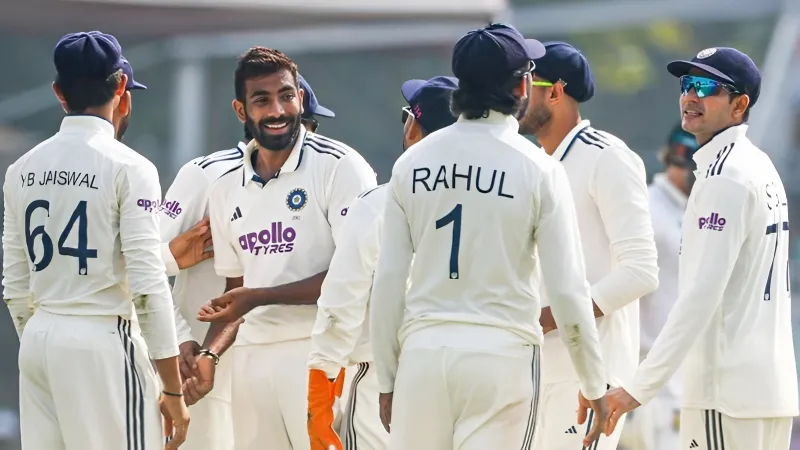Indian Test cricket wasn’t supposed to look like this, especially not under Gautam Gambhir, a coach whose early success in T20s made it seem like everything he touched would turn to gold. Yet here we are, staring at a home series defeat last year and now another wobble, the kind of pattern India simply doesn’t tolerate in red-ball cricket.
This is the same coach who oversaw a brilliant tour of England, a rare campaign where Indian batters adapted, bowlers hunted collectively, and the team looked in complete control. That series felt like a blueprint. But the present reality feels like a detour. Given India’s fortress-like reputation at home and the depth of talent available, these results are more than surprising; they’re unsettling.
A System Built on Control Is Now Losing Grip
Test cricket, unlike T20s, doesn’t bend easily to shortcuts. Gambhir’s strength has always been clarity, crisp game plans, sharp intent, and simplified roles. But recent Test losses have exposed a deeper discomfort: India is no longer dictating the rhythm of home matches the way it once did.
At home, India historically controlled everything from conditions to combinations. Over the last decade, they won Test matches by engineering surfaces that suited Ravichandran Ashwin, Ravindra Jadeja, and whatever second spinner was in vogue at the time. But this generation of visiting teams isn’t folding as easily. When pitches misbehave too early, India’s own batters are suffering alongside opponents.
That is where Gambhir’s oversight begins to matter. A system built on predictable dominance is suddenly looking fragile, and the coach must decide whether the control knobs still work.
The Pitch Dilemma India Can No Longer Avoid
Gambhir knows one thing very well: you cannot micromanage Test cricket overseas. Away surfaces demand faith in seamers to hold a length on day five, faith in batters to grind for hours, and faith in plans that unfold slowly rather than explosively.
The problem is that at home, India’s instinct is the opposite. They chase three-day finishes as if the BCCI offers reward points for early check-out. The intention is tactical knock out touring sides before they adjust, but the side effect is tactical blindness. You don’t learn endurance when matches end before your breakfast leftovers go cold.
This is exactly why the introspection of Gambhir is so important. If the coach wants India to win regularly in away conditions, he has to expect and let them play the full Test match (five days) at home first. Trust the players, trust the skill, and don’t fear going to the fifth day.
A Team Too Strong for Excuses, Too Skilled for Shortcuts
The baffling part? India has the talent to win Tests anywhere. The source clip even reinforces it: this lineup is good enough to win on day four and day five without doctored conditions.
India’s bowling attack remains elite across formats. The batting core, though inconsistent, has enough experience to build match-winning totals when pushed into proper contests. When Gambhir’s England series is cited as a success, it’s because India played Test cricket, rather than manufacturing it.
Pressure? Not exactly. Accountability? Yes, absolutely. Gambhir’s early Test tenure isn’t a failure—it’s a mirror. It’s revealing the parts of India’s Test philosophy that need updating.
If Gambhir wants to build a legacy, he must reimagine the balance between control and freedom. Trust his bowlers to bowl teams out without exaggerated turning tracks. Trust his batters to build long innings without manufactured urgency. Trust the game to stretch into its natural rhythm rather than being forced into a T20 tempo.
Key Takeaway
India’s Test setbacks aren’t about pressure on Gambhir; they’re about a team rediscovering the value of patience over control.
FAQs
1. What is the main concern for India’s Test team under Gambhir?
Their home strategy relies too much on pitch manipulation instead of trusting players to win long matches.
2. Why is the England series cited as a positive example?
India succeeded by playing traditional, full-length Test cricket without shortcuts.
3. How can India improve in the upcoming Test tours?
By preparing balanced home pitches and developing habits that translate to day-four and day-five battles overseas.
Disclaimer: This blog post reflects the author’s personal insights and analysis. Readers are encouraged to consider the perspectives shared and draw their own conclusions.
Step into the world of cricket with JeetBuzz News—where expert opinions, trending Blogs, and behind-the-scenes insights meet all your favorite topics. Stay informed, stay entertained, and never miss the stories shaping the cricketing world—only on JeetBuzz News!






























